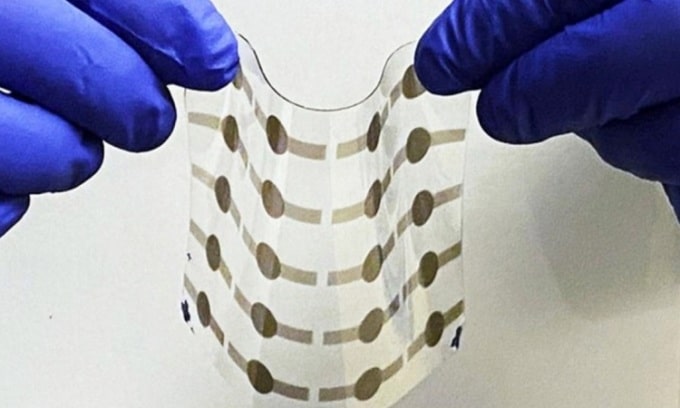Recently, a group of scientists from the University of California, Los Angeles (UCLA) announced the successful development of a new material for producing artificial muscles. These artificial muscles are not only strong but also more flexible than natural muscles.
Specifically, the research was conducted using readily available chemicals and a process involving ultraviolet (UV) light to improve the dielectric elastomer (DE) material, resulting in a thin and lightweight high-performance dielectric elastomer material (PHDE).
This invention allows the production of actuators similar to spider legs with the ability to bend and twist, or flex and rotate. These actuators can generate much more force and flexibility, 3 to 10 times that of natural muscles. Therefore, it could pave the way for applications of artificial muscles in robots, sensors, and precise motion simulation technology, potentially advancing human-like movements.
Could this invention truly represent a breakthrough for future robotics technology?


